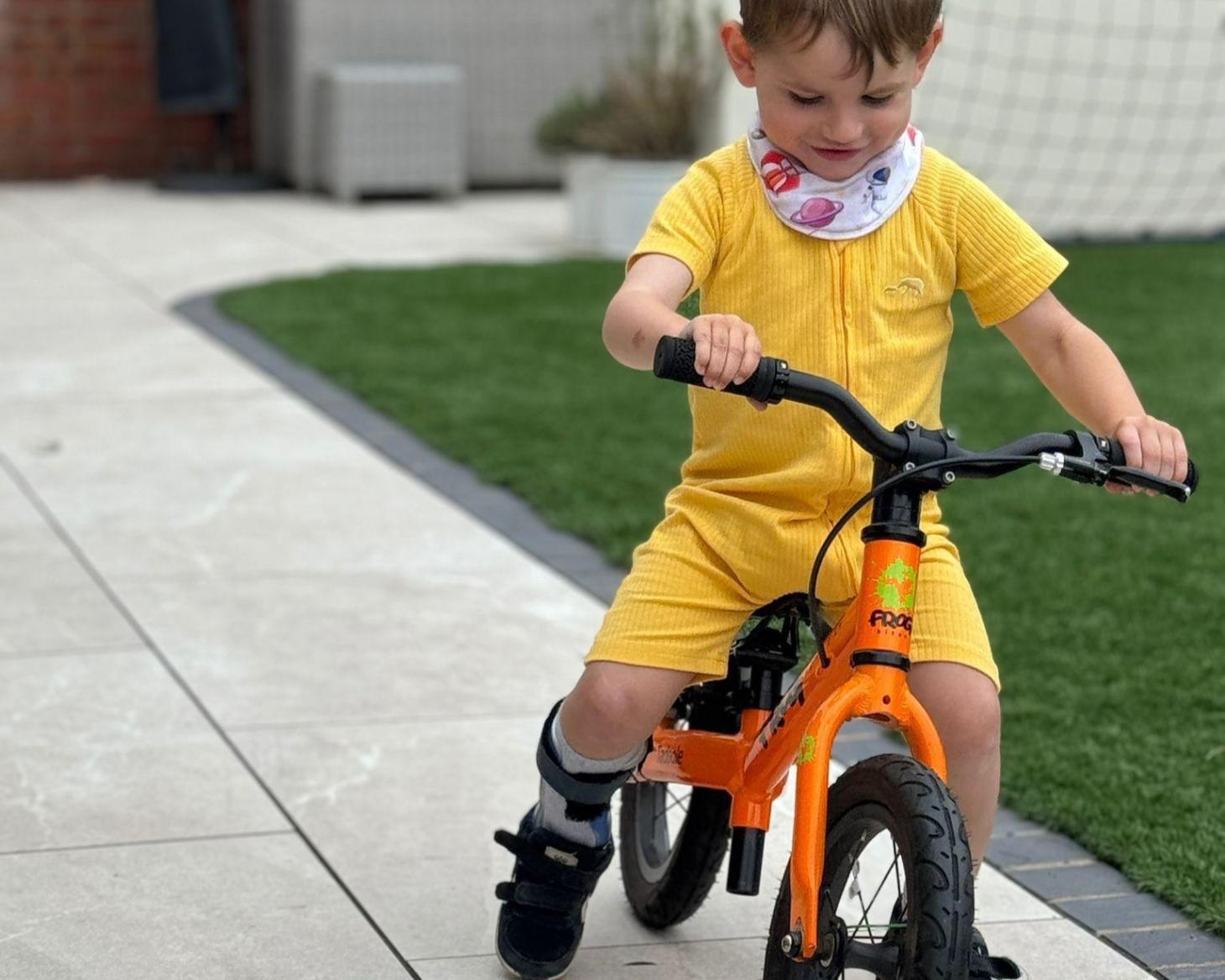Noah has severe Haemophilia A, a rare condition that affects the blood's ability to clot.
At just three days old, he became sleepy and unresponsive. His parents took him back to hospital, where at five days old he started having seizures. Noah became unresponsive and a scan revealed he had a very large bleed on the brain. Doctors moved him to resus in an attempt to stop the bleed and save his life, and he subsequently spent time in the intensive care unit, undergoing brain surgery at 6 weeks old.
Heidii, Noah’s mum, shares with us the effects his brain injury had: “Noah had severe brain damage when he first woke up. We were devastated. He couldn’t move his right side at all, and we were told Noah would be severely disabled and would likely be blind. His future was very uncertain.”
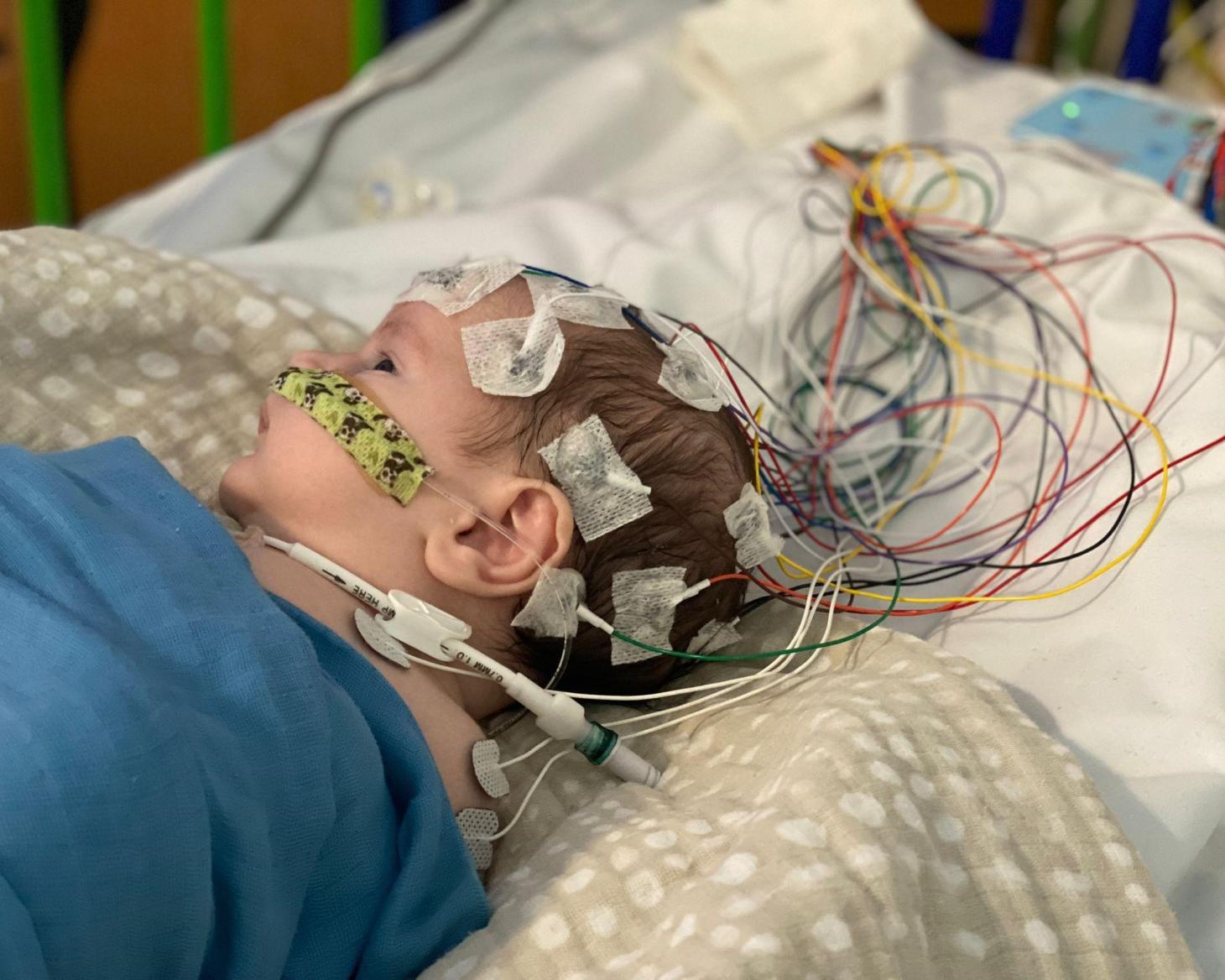
Getting the right support
Noah’s parents, Heidii and Tom, first learnt about The Children’s Trust through their trips to hospital.
As Noah got older, it became clear that he had hemiplegic cerebral palsy, which means the right side of his body was not functioning as it should do. Whilst Noah’s eyesight was better than expected, he had issues with his field of vision and depth perception.
His parents were concerned that problems with his coordination, caused by both the cerebral palsy and eyesight loss, were dangerous with his Haemophilia, as injuries could lead to major life-threatening bleeds. Noah was also becoming frustrated due to his physical challenges and would display this frustration causing himself harm, such as headbutting the floor.
It wasn’t until two years after Noah’s brain injury that he came to The Children’s Trust for a rehabilitation placement.
Heidii explains: “The main reason that we reached out to The Children’s Trust was because we wanted to try and solve some of those issues with the cerebral palsy, so we could make his life with Haemophilia a little bit easier.”
Arriving at The Children’s Trust
When Noah and his family arrived at The Children’s Trust, the multidisciplinary team worked with them to set their goals.
Heidii tells us: “one of the main goals with Noah was to provide him with some stability in movement. He likes to do things quickly, however because he couldn’t balance he was always falling over. We wanted him to slow down a little bit and improve his weight bearing on both sides.
“We also wanted him to be able to integrate his right arm as a helper hand and learn to use his fingers, as his right arm, hand and fine motor skills were impacted by his brain injury.”
Improving his communication was also a goal. When he arrived at The Children’s Trust, Noah was saying a handful of words but wasn’t putting sentences together. He wasn’t able to ask for help and this led to him feeling a lot of frustration and anger.
Heidii tells us: “Noah is very independent and wants to be able to do things himself, but with his disability and him not being able to communicate he just gets frustrated. We wanted him to be able to do basic things like drawing and eating on his own.”
Personalised therapy programme
Heidii shares how a therapy programme tailored to Noah’s needs helped him: “when we first arrived all the staff would be praising him during his therapy sessions. Noah is actually quite a shy child, and we realised that his brain injury didn’t allow him to communicate that. He hated being the centre of attention, so we needed to adjust quickly.
“The psychologist on the team put in a behaviour plan for Noah so that all the different therapists would deal with him the same way. It made such a difference, just little things like not offering him as many choices, not being in a room that had as many options, to try and keep him a little bit more focused.
“They adapted everything for his needs rather than just ‘this is how we do it’.”
“Another example was during his hydrotherapy sessions; before we came to The Children’s Trust, Noah was having swimming lessons and was used to wearing armbands. During his hydrotherapy all he could focus on was that he wanted his armbands on, and he would just get so upset. The team actually adapted what they were doing so that he could keep them on and he was able to focus on his rehabilitation within the session."
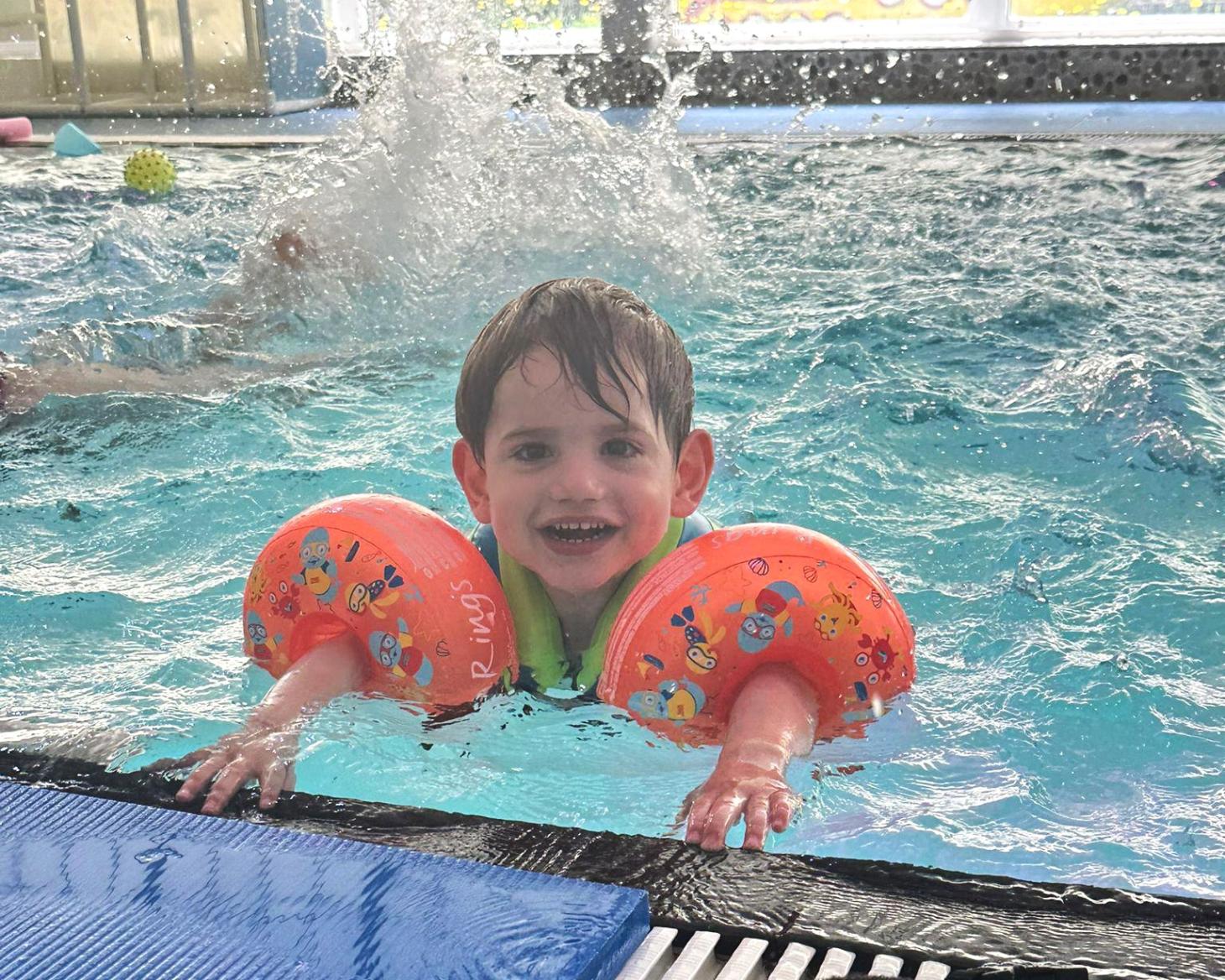
Positive steps
Heidii tells us: “Noah is very strong willed; the therapists definitely had their work cut out! They were very patient with him, which was great. When he doesn’t want to do something he just won’t do it, and they found ways around that – like they figured out that he loved water play, so they incorporated water play into what they wanted him to do.
“When he first started his therapy, he would scream at them and throw things around. By the end of his placement, he was enjoying his therapy sessions and he looked forward to going to them. The team managed to get him to do the things that they needed him to, but in a way that he was happy to do it.”
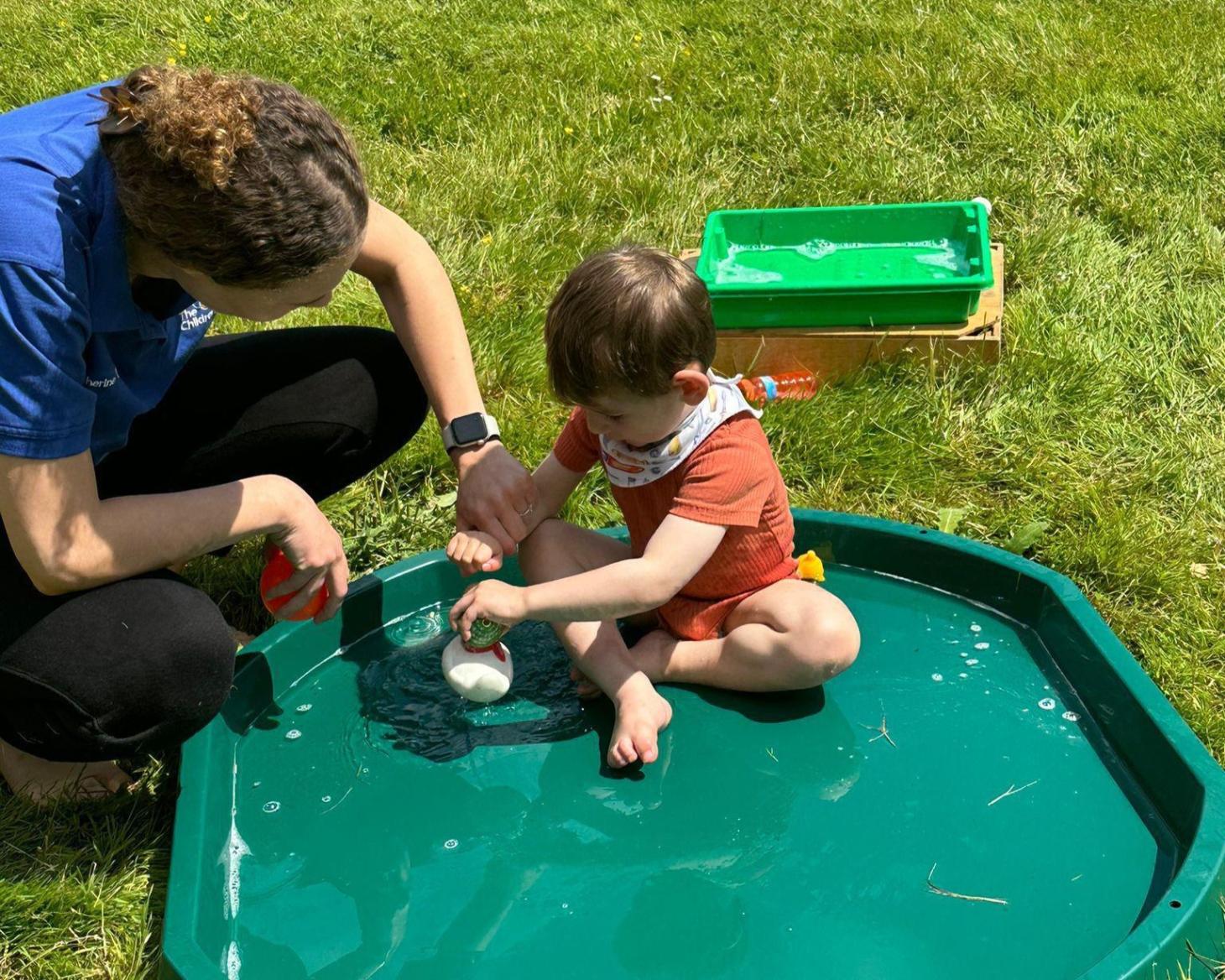
Making progress
By the end of Noah’s eight-week placement at The Children’s Trust, his communication had come on leaps and bounds. When he left, he was able to link sentences together, was using a wider vocabulary, and was starting to use hand gestures to communicate if he didn’t know the word. He was able to ask for help when he needed it.
His use of his right-hand side had improved, and he started automatically using his right arm for two-handed activities. This meant an improved enjoyment of daily life, for example, being able to feed himself and happily joining in with family mealtimes.
After his placement Noah returned to nursery, where they noticed an improvement in him being able to participate in daily activities. He has been able to independently join in with painting, drawing and building blocks, using his weaker hand and arm when he needs to.
Support for the whole family
As well as receiving a programme of therapy, Noah and his family were supported at The Children’s Trust with play therapy activities and family outings.
Heidii tells us: “all of the other support at The Children’s Trust, like the play therapy, art class and fun activities like a big water fight on a hot day, help make the experience a lot better. You’re being taken away from your home life for a really long time and I think it’s all those little things that make a big difference.”
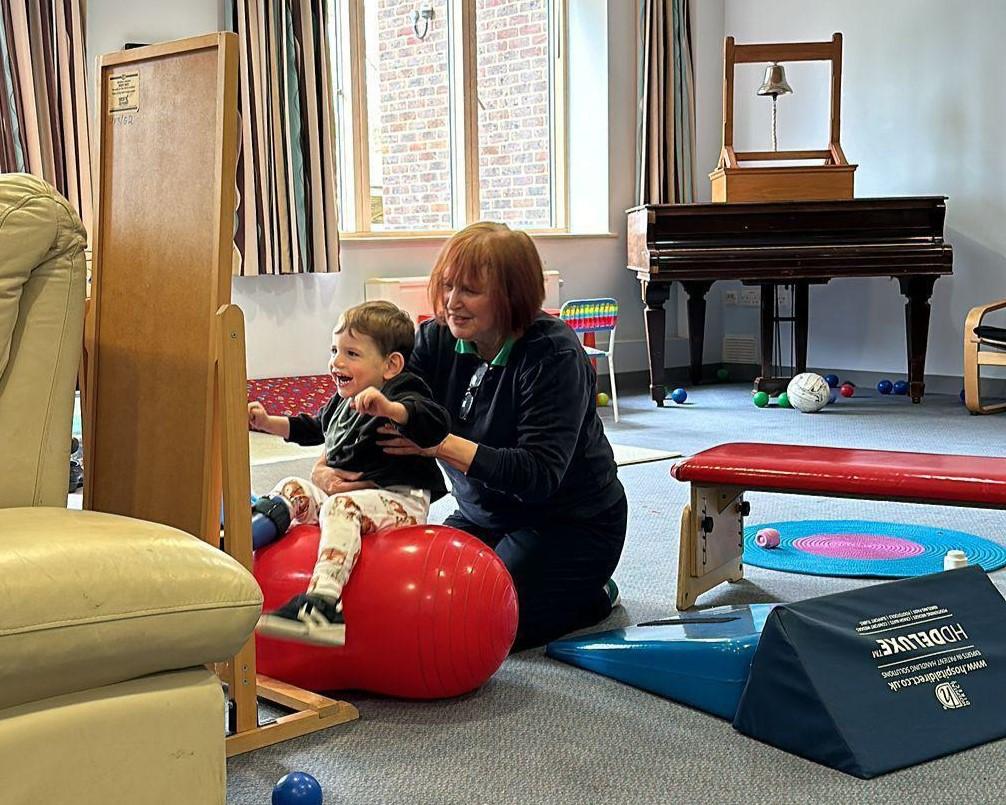
Heidii also received support from other families that they met at The Children’s Trust: “I’ve been added into a WhatsApp group with all the parents that were there at the same time and it’s really nice to be able to talk to people that have been through the same things.
“The whole experience was really important for Noah. It was great for him to be around other children that were like him, and for us to talk to other parents who know exactly what we’ve been through. All those extra things that they do at The Children’s Trust are really important.”
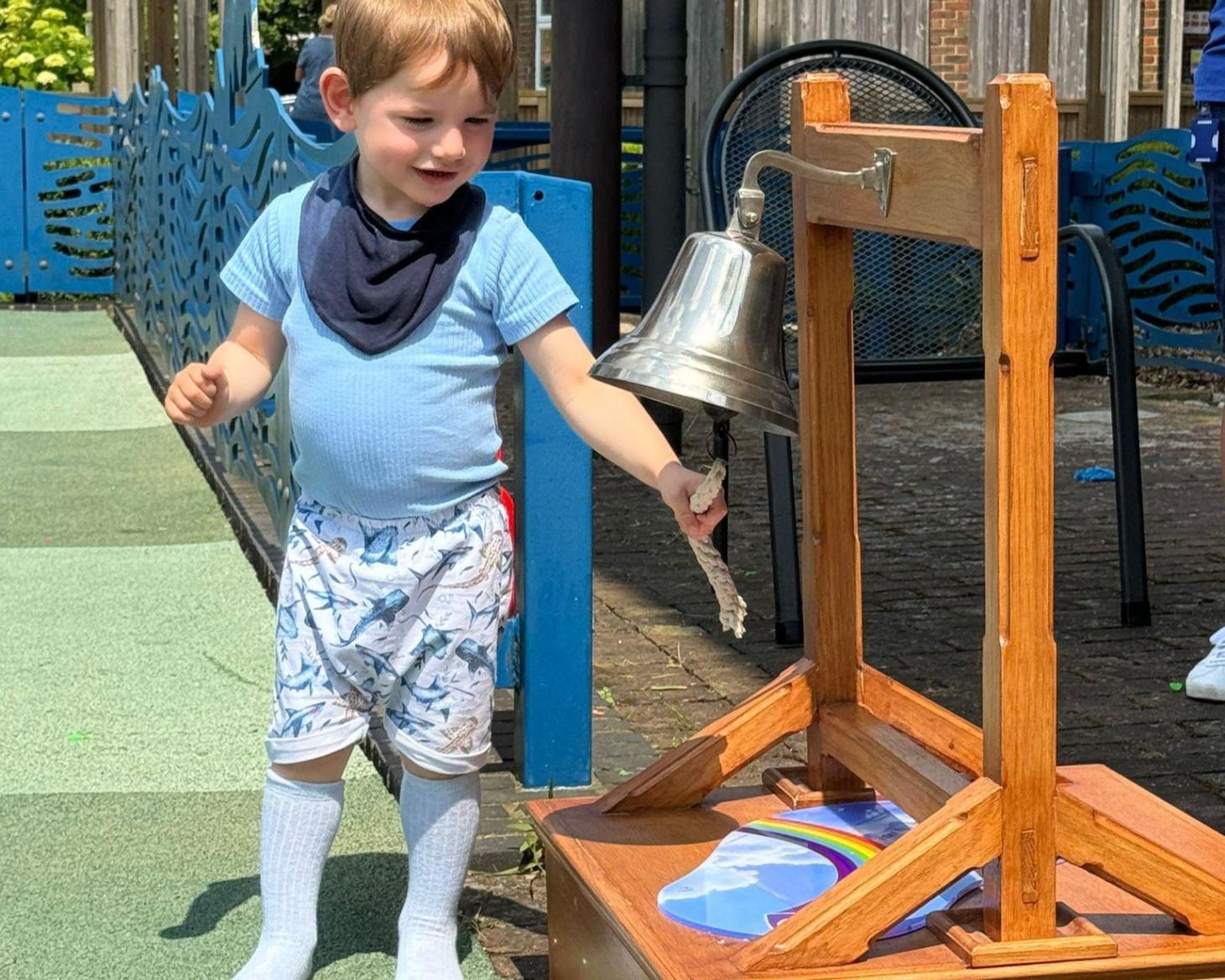
Looking to the future
Heidii shares with us their hopes for the future: “Noah will always have severe disabilities, we cannot take that away, however we want him to be able lead the life he wants with as few limitations as possible, which means helping him to balance the impacts of his brain injury alongside a severe bleeding disorder.
“He has just started using a balance bike, which is not something we thought he would ever be able to do. Thinking back to when he was first born, there was no way I ever thought he would be riding a bike.
"We are focused now on continuing the therapy that the team have set out at The Children’s Trust and are working on his overall balance, developing his speech and improving the use of his right hand. Our aim is that by the time he goes to school he’s able to join in with his peers.”
